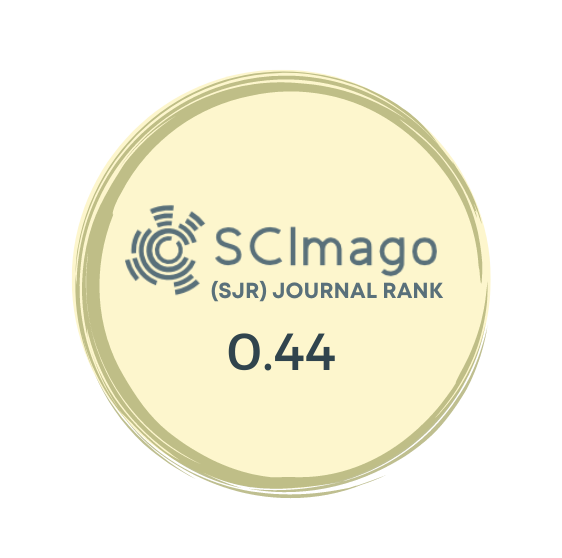Abstract
During theperiod from August 1990 to December 1991, 28 (15 male, 13 female) patients with AO Type-B fractures of the ankle were treated by the antiglide plate. We reviewed all the cases after an average followup of 9 (min. 6, max. 16) months. The average age in these cases is 39 (min. 23, max. 67) years. Using the ankle evaluation scale of Weber, 9 (32%) excellent, 17 (60%) good and 2 (7%) poor resufts were found. The use of antiglide plate has no effect in poor cases. Because the fractures were very complicated. The results of this series indicated that the use of the antiglide plate appeared to have distinct clinical advantage over especially fateral plating system. These advantages incfude fess operative time, minimum bending of the plate, with a minimum of material, no risk of a screw tip penetrating the ankle joint, no painfully prominent under the skin and surgical scar. Early motion did not increases the incidence of wound compfication or ioss of fracture reduction. Stabilization is better for the treatment of oblique fractures and especially in older patients with osteoporotic bone. Because of these advantages and the biomechanically sound technique, the antiglide plate is recommended for stabilization of AO Type B fractures of the distal fibula
Özet
Ağustos 1990-Aralık 1991 arasında Ege Üniversitesi Tıp Fakültesi Ortopedi ve Travmatoloji Anabilim Dalı nda ayak bileği kırıklı 28 (15 erkek, 13 kadın) olguda AO Tip B dış malleol kırığı için posterior plak uygulandı. Yaş ortalaması 39 (min. 23, mak. 67) olan olgular ortalama 9 (min. 6, mak. 16) ay izlendikten sonra yeniden değerlendirildi. Weber formuna göre 9 (%32) çok iyi, 17 (%60) iyi ve 2 (%7) yetersiz sonuç alındı. Posterior plaklamaya ait özel bir sorun ile karşılaşılmadı. Lateral plak uygulaması ile kıyaslandığında, kısa cerrahi girişim süresi, plakta minimum bükme, implant boyutunda ve vida sayısında azalma, distal vida uçları ile eklem penetrasyon riskinin olmaması, plak kitlesinin cilt altında ağrılı duyarlılık oluşturmaması, kırık yerinde yer değiştirmeyi önleyici etkisi ve erken dönemde rehabilitasyona izin vermesi gibi avantajları ve biomekanik üstünlüğü ile yöntem ayak bileği tip B kırıklarında ve özellikle osteoporotik yaşlı olgularda iyi bir tesbit sağlamıştır.



.png)

.png)
